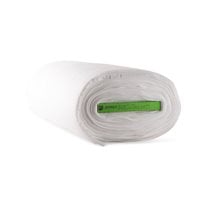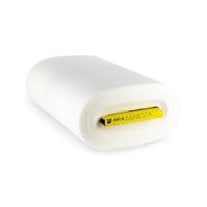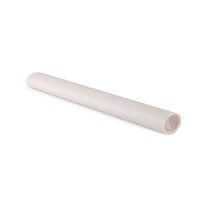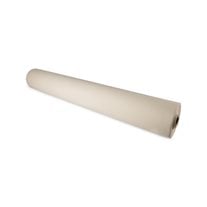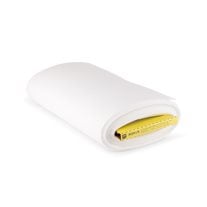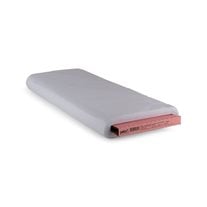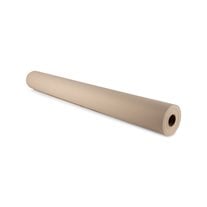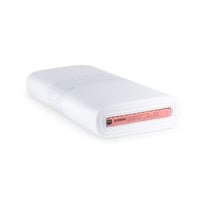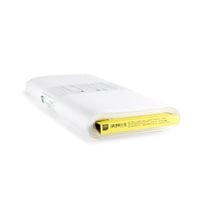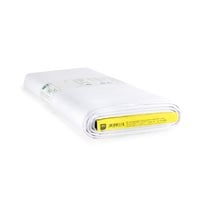Fusible Interfacing Fabric for Drapery & Upholstery
Fusible Interfacing For Drapery, Upholstery, And Home Decor.Achieve the perfect weight, body, and structure in your drapery and upholstery using Fusible Interfacings from WAWAK. Adding a layer of interfacing fabric to drapery fabrics adds a bit of structure to your curtains or drapes for a more professional look, feel, and drape and increases the fabric’s thickness to improve light blockage. Fusible interfacing can also be used to reinforce curtain or drape headers, ensuring the material is stiff enough to be used with grommets and strong enough to hold the curtain’s full weight. In upholstery, fusible interfacing fabrics are often used to stabilize and reinforce fabrics for upholstered furniture as well as stiffen fabrics for items like lampshades and director’s chairs. The best part about fusible interfacing? It’s easy to apply with just an iron—no sewing required. Choose from a variety of interfacing weights to find the best stabilizer for your upholstery and drapery fabrics. |
Frequently Asked Questions About Fusible Interfacing For Drapery
What is fusible interfacing used for with drapery?Interfacing is used to add extra body, weight, and thickness to drapery fabrics for a fuller appearance. It's also used to strengthen the curtain header, reinforcing the area of the curtain that bears the most weight and preventing fabric stretching from hardware like grommets. Or, it can be used in the drapery hem for a neater, more structured appearance.
What material is used for fusible interfacing in drapery and upholstery?Most of our fusible interfacings for drapery and upholstery are made of polyester or a polyester blend.
How do you attach fusible interfacing to curtains?Fusible interfacing can be ironed directly to the fabric you want to reinforce. For best results, refer to your interfacing's package directions for time and temperature settings, and be sure to let the fabric cool before handling. |


